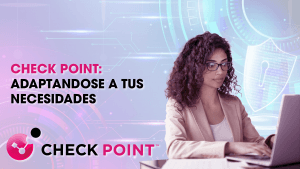Delve into Proactive Security for Self-Managed Website
In an era where cyber threats are increasingly sophisticated, Proactive Security for Self-Managed Website. By implementing essential security practices, website owners can protect their data, ensure user safety, and maintain their online reputation.
1. Regular Software Updates
- Importance: Keeping your CMS, plugins, and themes updated is crucial to patch vulnerabilities.
- Best Practices: Enable automatic updates where possible and schedule regular manual checks.
2. Strong Password Policies
- Importance: Weak passwords are a common entry point for attackers.
- Best Practices: Use complex passwords that combine letters, numbers, and symbols. Implement two-factor authentication (2FA) for an added layer of security.
3. Data Backups
- Importance: Regular backups are essential for data recovery in case of a breach.
- Best Practices: Schedule automated backups and store copies in multiple locations, including offsite and cloud storage.
4. Firewall Protection
- Importance: Firewalls act as a barrier between your website and malicious traffic.
- Best Practices: Utilize a Web Application Firewall (WAF) to filter out harmful requests and protect against attacks.
5. Secure User Access
- Importance: Limiting access reduces the risk of unauthorized changes and data leaks.
- Best Practices: Implement role-based access control and regularly review user permissions.
6. Malware Scanning
- Importance: Regularly scanning for malware helps detect and mitigate threats early.
- Best Practices: Use security plugins that offer malware scanning and removal services.
7. HTTPS and SSL Certificates
- Importance: HTTPS encrypts data transferred between the user and the server, enhancing security.
- Best Practices: Obtain an SSL certificate for your site and ensure all pages are served securely.
8. Monitoring and Auditing
- Importance: Continuous monitoring helps identify unusual activity and potential breaches.
- Best Practices: Set up logging and alerts for significant events, such as multiple failed login attempts.
Implementing these proactive security practices is essential for safeguarding self-managed websites against cyber threats. By prioritizing security, website owners can protect their data, maintain user trust, and ensure a secure online environment.



